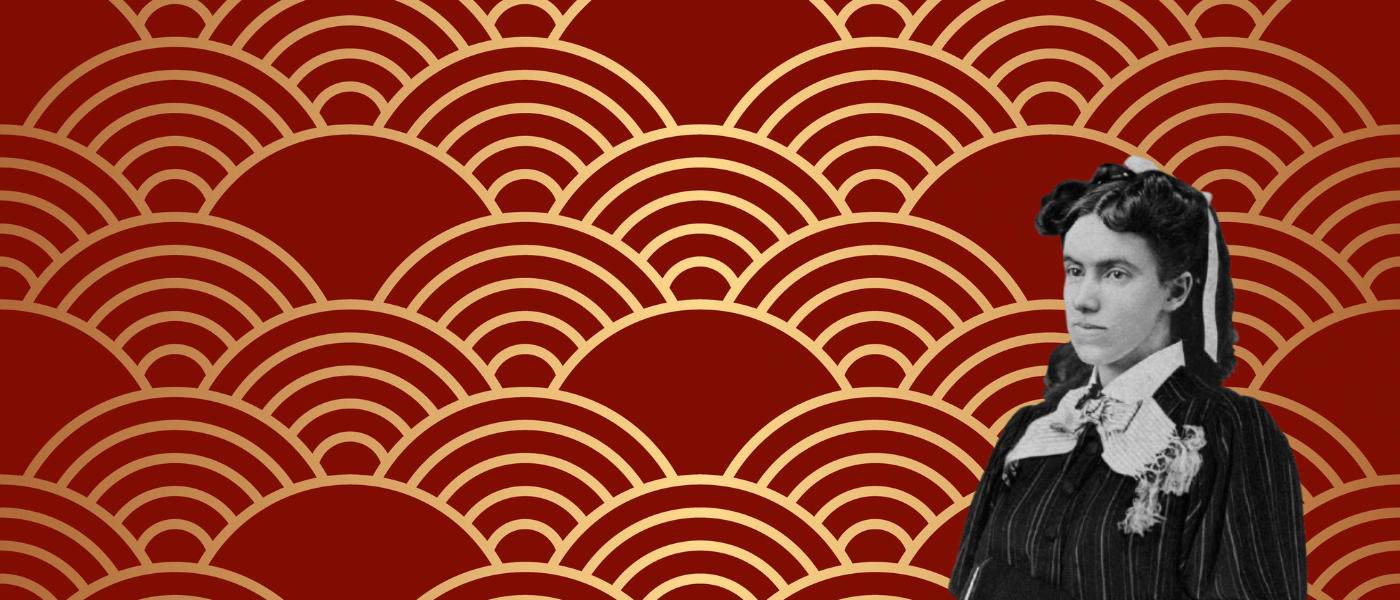Why is the Christmas offering named for Lottie?
While living in China, Lottie wrote letters to the Foreign Mission Board (now the International Mission Board) and to Baptist women. She asked for more missionaries and for money to grow her work among the Chinese.
Support missions now
10 things you should know about Lottie
- Lottie was born in Virginia on December 12, 1840.
- Her name was Charlotte Digges Moon, but everyone called her “Lottie.”
- She was 4’9” tall.
- Before she became a Christian while in high school, Lottie missed required chapels 26 times.
- Lottie loved to pull pranks on others. Once, when asked what the “D” stood for in her middle name, she replied, “Devil.”
- Lottie was appointed to China as a missionary at age 33 and served there 39 years, primarily in Tengchow and Pingtu.
- She wore Chinese clothes and lived like her Chinese neighbors.
- Lottie had several nicknames in China—foreign devil, foreign lady teacher, heavenly book visitor, and the cookie maker. (Lottie baked cookies to win the hearts of the children and families who were frightened of her.)
- Lottie led in the campaign to end the practice of bound feet. The Chinese believed small feet made a woman more beautiful, so girls’ feet were bound tightly with cloth. Girls with bound feet could hardly walk, and infections, gangrene, and even death were common side effects of this practice.
- In 1912 at the end of her career, famine, flood, and war encircled her China. Her friends were starving. In a final act of empathy, Lottie stopped eating and gave all her food away. When her friends realized the depth of her sickness, they put her on a boat to return to the United States. Lottie died on Christmas Eve while en route to the U.S.
Lottie's Tea Cake Recipe
Plain Tea Cake
3 teacups of sugar
1 teacup of butter
1 teacup of sour milk
4 pints of flour
3 eggs, well beaten
1/2 teaspoon of soda
Flavor to taste. Roll thin.
Bake in a quick oven.
Plain Tea Cake
2 cups of flour
1/2 cup butter
1 heaping cup of sugar
1 well beaten egg
1 tablespoon heavy cream
Cream the butter and sugar. Add the egg and mix well. Add the flour and cream. Dust a board with flour. Roll the dough very thin. Cut cookies with a round cookie cutter. Place on a buttered or nonstick cookie sheet. Bake at 475 degrees for about 5 minutes.
